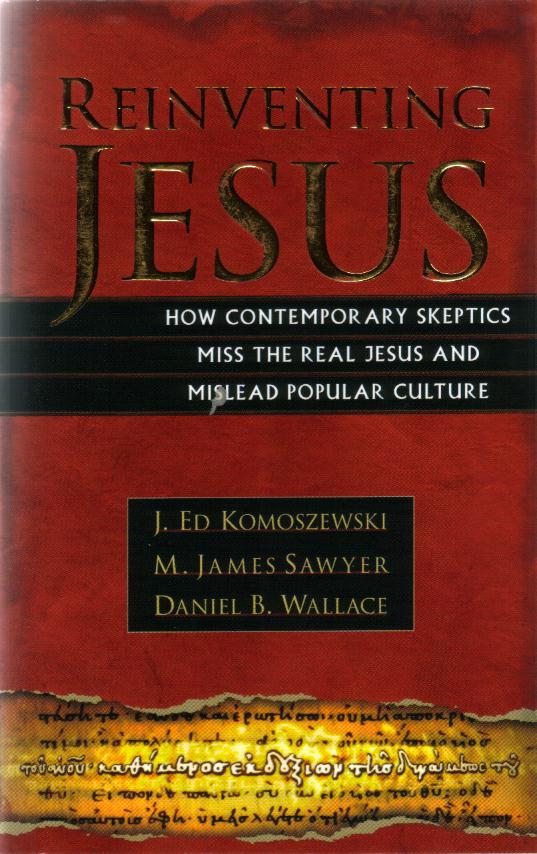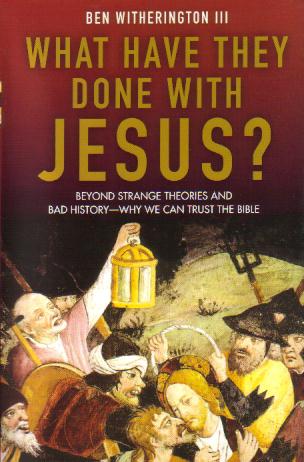“Top Ten Faulty Arguments” Revisited
First, Timothy Paul Jones points out a typographical error. I wrote: “First, even if we grant that full-blown Gnostic Christianity is a late second century phenomenon (well, mid-first century really if we include Valentinus and Marcion)” but should have written “well, mid-second century…”). Oops.
Bryan L. asked for my opinion on why the non-canonical gospels fell out of use. Was there a concerted effort to suppress the texts? It would seem so from reading the canon lists and Athaniasius’ 39th Festal Letter. But such limitations on the canon can only be enforced in areas where the Western church had power and influence. As that power and influence grew, the Western canon became enforced. That said I agree that certain texts seem to have been more popular in certain areas and this popularity would have a natural effect on shaping the canon (though were they popular because the people liked them or because their preachers/bishops, etc. liked them and chose to read no other texts?). Gnostic texts, of course, had a limited audience (average readers/listeners would find them hard to understand and the texts’ views on asceticism unattractive).
Peter Head wrote: “For me most of these are only problematic when absolutised and generalised. Try using ’some’ for 1 …

 Though the furor over The Da Vinci Code has died down, books refuting its claims about the Christian Apocrypha continue to be published. One of the most recent of these is Reinventing Jesus: How Contemporary Skeptics Miss the Real Jesus and Mislead Popular Culture (Grand Rapids, Mich.: Kregel Publications, 2006) by J. Ed Komoszewski, M. James Sawyer, and Daniel B. Wallace. Like its ilk, Reinventing Jesus is apologetic—i.e., it is aimed specifically at defending Christianity from its critics—and therefore allows evidence to take a back seat to the promotion of orthodoxy. I’ve read enough of these books now that the arguments no longer surprise me. I am frustrated, however, by the authors’ lack of knowledge about the CA texts and the scholarship at which they take aim.
Though the furor over The Da Vinci Code has died down, books refuting its claims about the Christian Apocrypha continue to be published. One of the most recent of these is Reinventing Jesus: How Contemporary Skeptics Miss the Real Jesus and Mislead Popular Culture (Grand Rapids, Mich.: Kregel Publications, 2006) by J. Ed Komoszewski, M. James Sawyer, and Daniel B. Wallace. Like its ilk, Reinventing Jesus is apologetic—i.e., it is aimed specifically at defending Christianity from its critics—and therefore allows evidence to take a back seat to the promotion of orthodoxy. I’ve read enough of these books now that the arguments no longer surprise me. I am frustrated, however, by the authors’ lack of knowledge about the CA texts and the scholarship at which they take aim. In Fall 2008 moviegoers will be able to see a film adaptation of Anne Rice’s Christ the Lord: Out of Egypt (read the press release
In Fall 2008 moviegoers will be able to see a film adaptation of Anne Rice’s Christ the Lord: Out of Egypt (read the press release  I have added to my homepage
I have added to my homepage  One of my on-going research projects involves tracing how the CA are received by scholars and the general public. I have posted here before on some anti-CA apologetic books (including Craig Evans’ Fabricating Jesus, discussed
One of my on-going research projects involves tracing how the CA are received by scholars and the general public. I have posted here before on some anti-CA apologetic books (including Craig Evans’ Fabricating Jesus, discussed